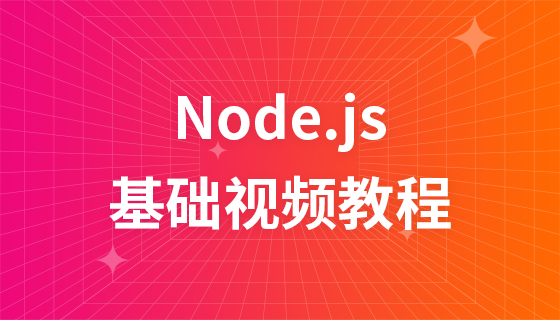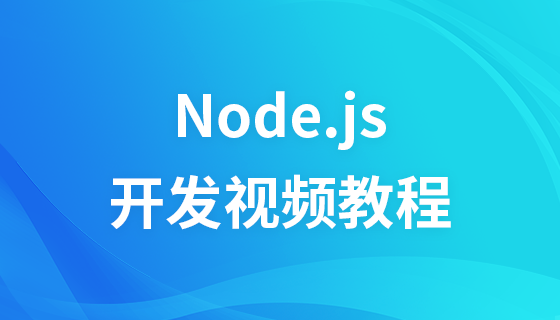這篇文章主要介紹了node.js中的buffer.toString方法使用說明,本文介紹了buffer.toString的方法說明、語法、接收參數、使用實例和實作原始碼,需要的朋友可以參考下。
方法說明:
將buffer物件轉換成指定的字元編碼的字串。
語法:
buffer.toString([encoding], [start], [end]);
接收參數:
encoding:轉換成預設字串後的字元編碼,預設值為'utf8′;
start:buffer 轉換的起始位置,預設為0;
end :buffer 轉換的結束位置,預設為buffer長度。
範例:
var b = new Buffer(50); console.log(b); var c = b.toString('base64',0,10); console.log(c);
原始碼:
// toString(encoding, start=0, end=buffer.length)
Buffer.prototype.toString = function(encoding, start, end) {
var loweredCase = false;
start = start >>> 0;
end = util.isUndefined(end) ? this.length : end >>> 0;
if (!encoding) encoding = 'utf8';
if (start < 0) start = 0;
if (end > this.length) end = this.length;
if (end <= start) return '';
while (true) {
switch (encoding) {
case 'hex':
return this.hexSlice(start, end);
case 'utf8':
case 'utf-8':
return this.utf8Slice(start, end);
case 'ascii':
return this.asciiSlice(start, end);
case 'binary':
return this.binarySlice(start, end);
case 'base64':
return this.base64Slice(start, end);
case 'ucs2':
case 'ucs-2':
case 'utf16le':
case 'utf-16le':
return this.ucs2Slice(start, end);
default:
if (loweredCase)
throw new TypeError('Unknown encoding: ' + encoding);
encoding = (encoding + '').toLowerCase();
loweredCase = true;
}
}
};以上就是本章的全部內容,更多相關教學請訪問Node.js影片教學!



